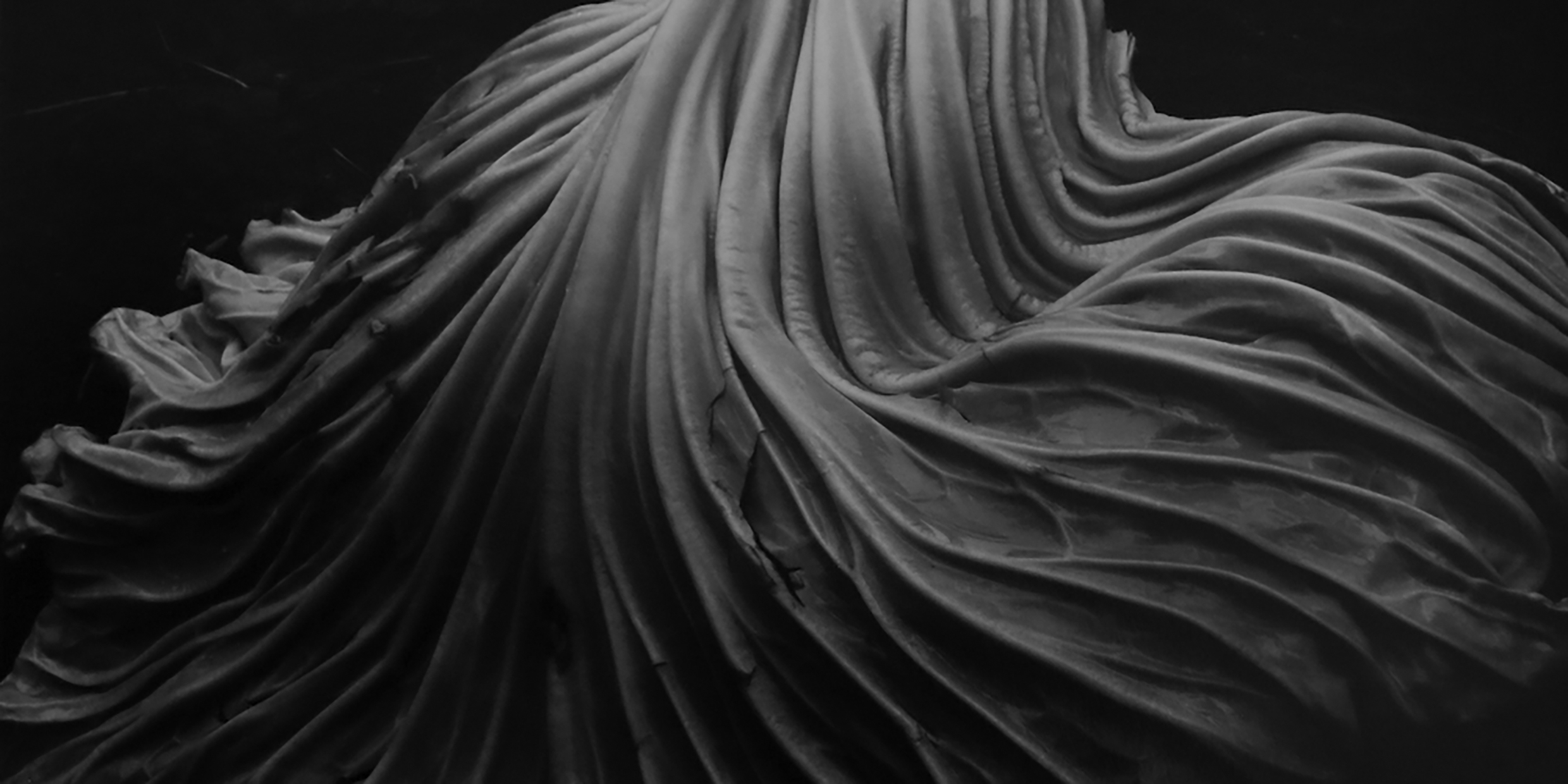Originally published 16 January 1995
Edward Weston, who died in 1958, was one of the greats of American photography, arguably the greatest.
This past fall, his widow, Charis Wilson Weston, gave a talk at the Art Institute of Boston. Jogged by her visit, I took down from the shelf and re-read Weston’s Daybooks, the journals he kept from 1922 to 1934.
I first read the journals 25 years ago, when I was a young teacher struggling to put together a personal philosophy of science. They profoundly influenced my thinking.
Weston was obsessed with recording what he called “the Thing Itself.” The objects he photographed — clouds, nude bodies, shells, peppers, sand dunes, trees, rocks — were but “interdependent, interrelated parts of a whole, which is Life.” He sought to capture their essence on film, undiluted by arbitrary artistic impulses.
He wrote: “I am no longer trying to ‘express myself,’ to impose my own personality on nature, but without prejudice…to see or know things as they are, their very essence.”
Again: “I want the greater mystery of things revealed more clearly than the eyes see.”
Weston was skeptical of science, which he imagined to be full of excessive theorizing. Scientists imposed their own ideas on nature, he thought: experimenting, dissecting, confabulating. By contrast, he sought the purity of the unarranged object as he saw it on the glass screen of his camera.
Then, in 1930, a certain Dr. Becking, a scientist, walked into Weston’s studio. Rarely had the photographer found such an understanding response to his work. To Weston’s astonishment, Becking suggested that the photographs represented objects as a scientist might see them — objectively and unadorned.
Later, Weston asked Becking to write the foreword to the catalog of an exhibition. Becking wrote: “Natural science, as an impartial student of forms, cannot but marvel at the rediscovery of fundamental shapes and structures by an artist. Weston has described the ‘skeleton’ materials of our Earth…in a way that is both naive and appealing: in other words, like an inspiring scientific treatise.”
Weston was pleased.
Neither scientists nor artists can ever be truly impartial observers of nature, as Weston eventually came to recognize in his own work. The scientist experiments; the photographer composes. The scientific theory and the photographic print are both artifacts of human creativity, different from the Thing Itself, shaped by social and personal factors.
Still, the ideal of the Thing Itself remained important to Weston, as it is important to almost every working scientist. Thoughtful scientists know that the world described by science is a social construct, subject to all the foibles of human existence, but nevertheless they hold the conviction — as a kind of religious faith — that the Thing Itself shows itself within their theories.
Today, science is under attack on two fronts. The religious right claims that science is used by secular humanists to undermine religious values. The intellectual left castigates science for its lofty, amoral indifference to their political agendas.
This attack from the left is new. Previously, scientists could count on the intellectual left for support — in the name of reason and in opposition to authoritarian regimes of all kinds. Now many intellectuals view science itself as an authoritarian regime — inhuman, elitist, opportunistic.
Without the support of the intellectual left, science becomes increasingly vulnerable to attack from the religious right, who constitute a marginal majority in this country (as defined, for example, by responses to the Gallup poll question: Do you believe the world and humans were created by God sometime within the last 10,000 years?).
Against this two-pronged onslaught, science can muster for its defense only the ideal of the Thing Itself.
This then is the scientist’s faith: That there is a nature that exists independently of ourselves and which can be at least partially, tentatively known. Science is a social construct, certainly, but not an entirely arbitrary one. The Thing Itself reveals itself to the attentive observer who sees and listens.
Like Weston, the scientist wants the greater mystery of things revealed more clearly than the eyes can see.
Nature issues no moral imperatives. It has no religious or political agenda. However, many scientists believe that reverence for the Thing Itself is a moral virtue that steadies our species in the face of chaos, disharmony and the tendency to do evil. Our highest religious and political aspirations are stiffened by the dream of objectivity.
Edward Weston had something similar in mind. He wrote: “Through photography I would present the significance of facts, so they are transformed from things seen to things known. Wisdom controlling the means — the camera — makes manifest this knowledge, this revelation, in form communicable to the spectator.”
He never doubted that his attentiveness to the Thing Itself served a higher human purpose.



